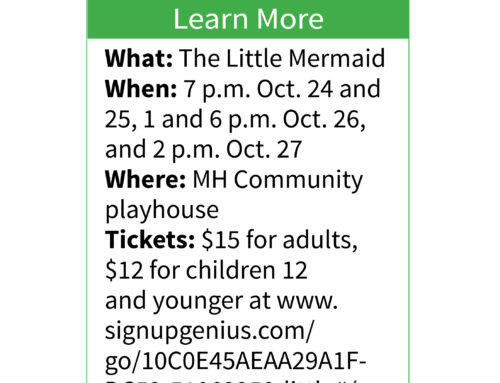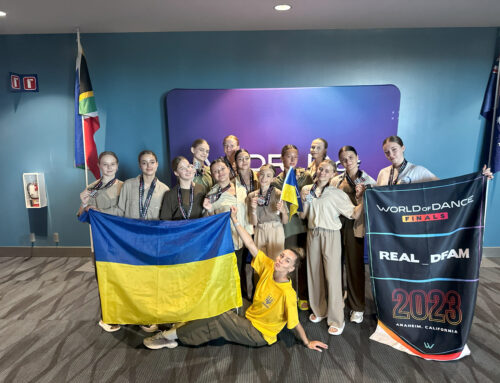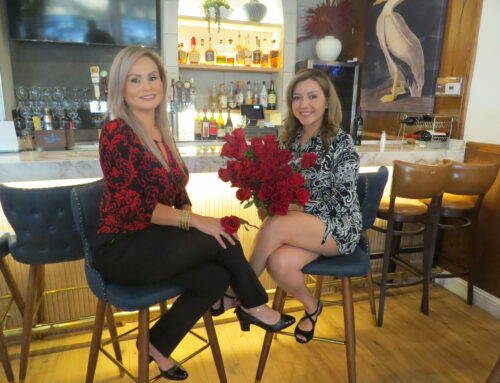Several were set up at historic Villa Mira Monte
![]()
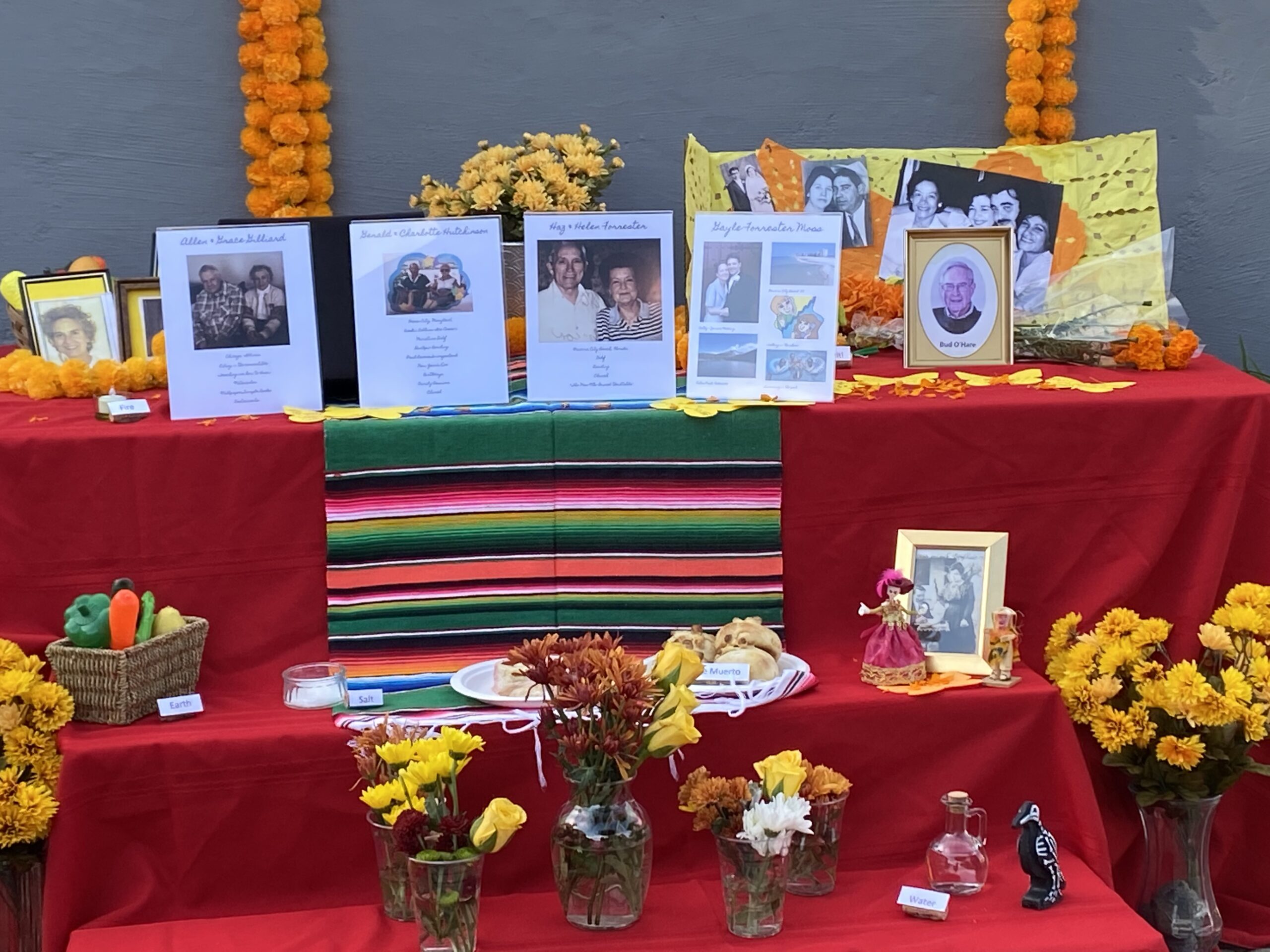
An altar from a previous Dia de los Muertos. Photo courtesy Morgan Hill Historical Society
By Staff Report
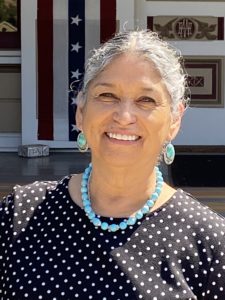
Kathy Chavez Napoli
The Morgan Hill Historical Society hosted several community altars at the Villa Mira Monte site Oct. 28-29. Individuals could contribute up to three expendable ofrendas (offerings) to honor loved ones who have passed.
Society board member Kathy Napoli, the organizer of the event, shared her thoughts on Día de los Muertos in an email interview, describing why it is important to the South Valley Latino community.
“Morgan Hill and the surrounding area has been the home of Latinos since the Spanish first arrived here in 1769,” she said. “Today, there are almost 16,000 Latinos in Morgan Hill, yet almost nothing had been done to recognize the importance of our community until the last few years.
“The contributions and importance of the Latino community are both economic and cultural. Sharing the history of this special tradition is one of the reasons I became a volunteer board member of the Morgan Hill Historical Society more than seven years ago. Honoring and showing respect for my community by writing grants to fund the Youth Mariachi Concert, Día De Latinos Muertos and the Native Garden is the way I can help showcase my community at Villa Mira Monte (Hiram Morgan Hill House) at no cost to the Morgan Hill Historical Society.
 “Día de los Muertos has been celebrated in the Americas for more than 3,000 years — long before the conquistadors arrived — and was traditionally observed the entire month of August. It is a unique and beautiful way to celebrate the life of a beloved family member or friend. As each person places an item (picture, flower, special food, etc.) on the altar which reminds them of a loved one, that person is being remembered, honored, and celebrated. It is an intimate and personal act by each living person to remember and grieve the passing of that loved one.
“Día de los Muertos has been celebrated in the Americas for more than 3,000 years — long before the conquistadors arrived — and was traditionally observed the entire month of August. It is a unique and beautiful way to celebrate the life of a beloved family member or friend. As each person places an item (picture, flower, special food, etc.) on the altar which reminds them of a loved one, that person is being remembered, honored, and celebrated. It is an intimate and personal act by each living person to remember and grieve the passing of that loved one.
“The Catholic Church caused some changes in dates. And commercialism has promoted the use of skulls and skeletons, which has changed how Día De Los Muertos is viewed in the modern world. It is important to note that it is not Halloween or All Saints Day. It has become popular today to have a ‘celebration of life’ for people who have passed away. However, Día de los Muertos is an annual celebration of the life of a loved one Nov. 1, Día De Los Ninos (children) and Nov. 2, (adults).”


